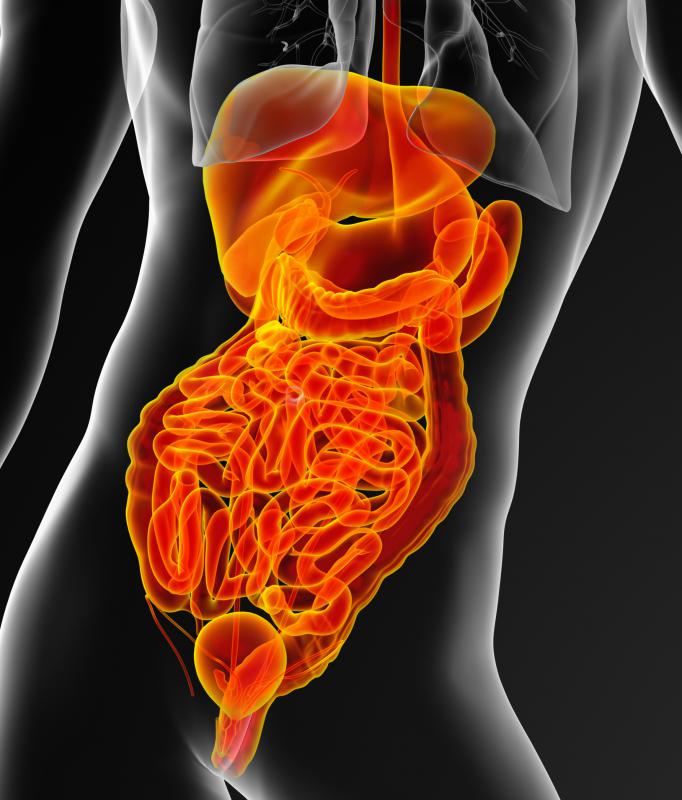At WiseGEEK, we're committed to delivering accurate, trustworthy information. Our expert-authored content is rigorously fact-checked and sourced from credible authorities. Discover how we uphold the highest standards in providing you with reliable knowledge.
What Are Adenosine Receptors?
Adenosine receptors are metabotropic receptors for the neurotransmitter adenosine. Three adenosine receptors, labeled A1–A3, have been identified, and they are all proteins that function to identify and bind with adenosine. The receptor for the neurotransmitter adenosine is a P1 receptor because it is purinergic, which means that it contains a purine ring.
Receptors are proteins that span along the membrane of neurons. Neurotransmitters bind to receptors and consequently, specific ion channels open or close. Metabotropic receptors, however, do not have ion channels, so the flow of ions throughout such receptors is dependent on one or numerous metabolic steps. For this reason, metabotropic receptors, such as adenosine receptors, are often referred to as G protein-coupled receptors. This is because intermediate molecules called G proteins are activated when the ion channels associated with the receptor open and close.

Adenosine receptors have key features that are shared with other G protein-coupled receptors. These include seven segments of membrane that span across the neuron and an intracellular loop, which is what couples to the G protein. The G protein and receptor can couple only after the binding of the neurotransmitter.
Three subunits make up G proteins. These include alpha, beta and gamma subunits. These three subunits are bound together when the alpha subunit unites with the guanine nucleotide known as guanosine-5'-diphosphate (GDP).

Adenosine is different from other neurotransmitters because it is not stored in vesicles. Rather, it is produced when there is an enzyme breakdown of adenosine-triphosphate (ATP) and adenosine-diphosphate (ADP). When the neurotransmitter adenosine binds to adenosine receptors, the effect is a replacement of GDP with the guanine nucleotide known as guanosine-5'-triphosphate (GTP) on the alpha subunit. As a result, the alpha subunit separates from the beta and gamma subunits, creating a series of metabolic or biochemical processes.

Each separate subunit has the ability to bind to molecules, such as enzymes. When enzymes are activated, secondary messengers such as cyclic adenosine monophosphate (cAMP) are generated. Adenosine receptors transform cAMP, which consequently stimulates enzymes and determines whether ion channels are open or closed. These metabolic steps affect the influx or efflux or ions within the receptor.

The transmission of adenosine is important to many bodily functions. It acts to defend neurons against oxidative stress and increases the amount of blood flow to the cardiac muscle. It also is responsible for the termination of epileptic seizure activity. During a seizure, adenosine couples to G proteins, which results in the opening of potassium channels and the closing of calcium channels. As a result, there is a termination of seizure activity.
AS FEATURED ON:
AS FEATURED ON:














Discuss this Article
Post your comments